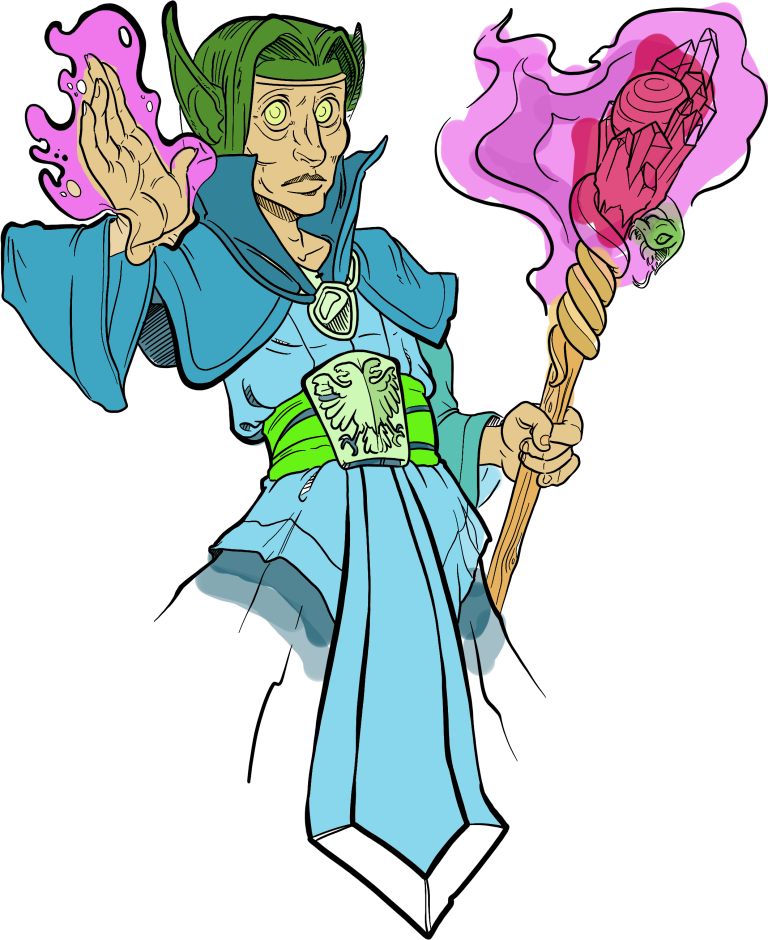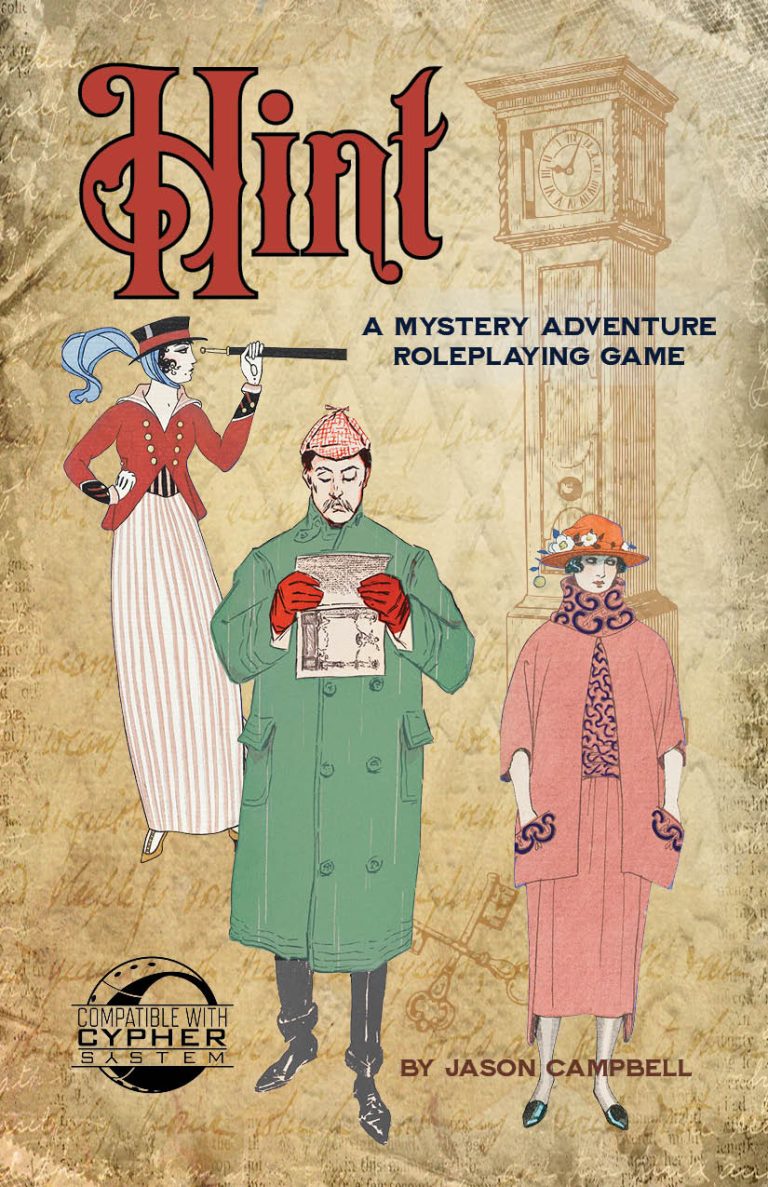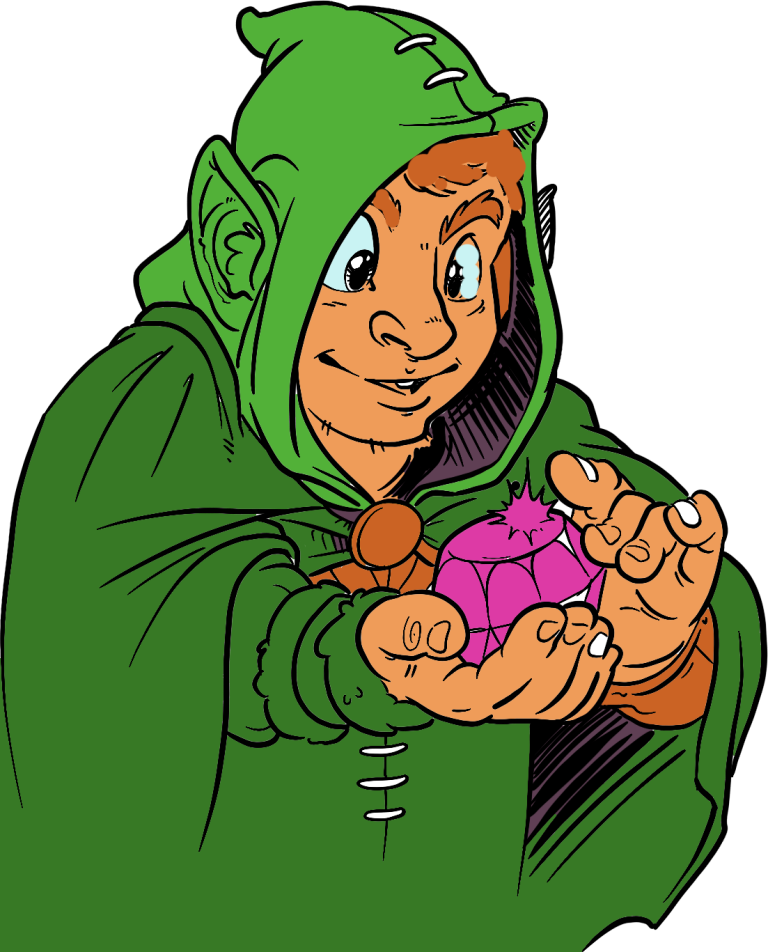by Jason Campbell
Dungeons and Dragons was the first TTRPG and it evolved from miniature wargames. Still nearly 50 years later Dungeons & Dragons and similar games don’t often contain rules for running large-scale battles smoothly. The most common issues are:
- Battle slog – making dice rolls for initiative, to-hit and damage for large numbers of opponents slows the combat down. It can end up being a long time between turns for player characters when you also need to play out turns for different factions, even if you have a turn for each division or other large group.
- Too many stats – it can overload the GM to have to keep track of the numbers of combatants and their hit points/health.
- Lengthy endgames – when keeping track of the health for a large number of troops you can end up towards the end of the battle where one side is clearly going to win, but if the other side doesn’t surrender the battle continues on even though the end result is obvious.
Regarding the first point, you can speed up the group’s combat by assigning initiative and using static damage, which helps, but only a bit. For the second point you can abstract the groups a bit and have every hit take out a certain percentage of troops, or base that percentage on the to-hit or damage rolls. This also helps with the third point, and of course you can always have the losing troops surrender when the outcome seems inevitable.
Let’s define our large-scale battle as something along these lines: there’s a handful of player characters who are of high level in one on one combat with one or more super villains. Meanwhile large groups of allies of the PCs are fighting troops loyal to the villain. You can certainly use common rules or even lean on some rules from other wargames. I’d like to suggest trying another solution which can emphasize the player’s experience in the success of the game. This might not be valuable for those who lean more towards wargaming as it’s not at all realistic.
Before the battle, look at the groups of troops and choose a corresponding hero or villain for each group. For instance a martial hero might correspond to a group of warriors, while a magic user might correspond to a group of wizards, or elves. You can use any reasoning that you and the players believe fits, and likely you’ll only have a loose reason for the connections. Run the battle with only the PCs and lead villains in the initiative order. Run the battle as you normally would for those key individuals. Each time a hero succeeds on an attack, their corresponding enemy troops sustain a loss. The number of troops lost could be based on the % of health the villain loses. Likewise when a villain damages a PC, the corresponding heroes’ troops likewise sustain losses. Obviously you’ll have to adjudicate what happens when a hero or villain sustains a non-damaging attack such as paralysis or polymorph. But overall the combat will go smoother and the players will feel like they’ve had an effect on the battle at large.
Let us know what you think in the comments! Have you played with a different large-scale battle system in a TTRPG?





